Colorful pollinator plot attracting attention
By Bob Steenson, bsteenson@charlescitypress.com
Patches of bright yellow and orange flowers have been attracting the attention of vehicles traveling along 155th Street north of Charles City this week, at the intersection with Timber Avenue.
One plot at that corner and another about a quarter of a mile farther north are currently covered with black-eyed Susans — offering what is hoped to be an enticing meal of nectar to area bees.
The areas are currently seeded as pollinator plots, part of a program with the U.S. Department of Agriculture.
The plots are part of land that Keith Westergard owns in the area. They had previously been cropped, but were having some drainage issues.
“We were going to tile it, but then thought if we could get it into this, that would about pay for the tile,” Westergard said.
Dan Borchardt, the Pheasants Forever Farm Bill wildlife biologist for Floyd, Chickasaw, Mitchell, Butler and Bremer counties, said the mix of 75% wildflowers and 25% grasses that is used isn’t just for bees.
“It’s for bees, butterflies, a multitude of insects that could utilize this area,” he said. “It also provides great habitat for other animals.”
Westergard said the black-eyed Susans are the main flower blooming now, but soon there will be coneflowers and others.
“There were seven or eight different things in the mixture,” he said.
The flower and grass seeds were drilled into the soil in November 2017. This is the first year that the flowers are blooming, Westergard said.
Borchardt said hundreds of landowners have enrolled in the program, which has been around for about five years.
The Conservation Reserve Program is no longer taking applications for the pollinator habitat program, but landowners who are in can stay in it for 10 years, Borchardt said.
“One of the advantages is being able to set aside those acres, and while they continue to receive a rental check through the Conservation Reserve Program, there’s a lot of value-added benefits as far as the insects, the wildlife that use the area,” he said.
Westergard said the government support is important to make it possible to divert the acres.
“It’s $240 an acre just for the seed,” he said. “Then you need a rotary cutter to mow. You have to have a conservation plan set up — you have to burn it midterm.”
Borchardt said research is going on to determine how effective the pollinator plots are.
“Some folks from Minnesota have been studying the use of CRP by monarchs. Iowa State University also has people looking into CRP and the pollinators,” he said.
“There’s a lot of value to it as far as different things for outdoor activity, hunting, birdwatching — there’s a lot of benefits to it, Borchardt said.

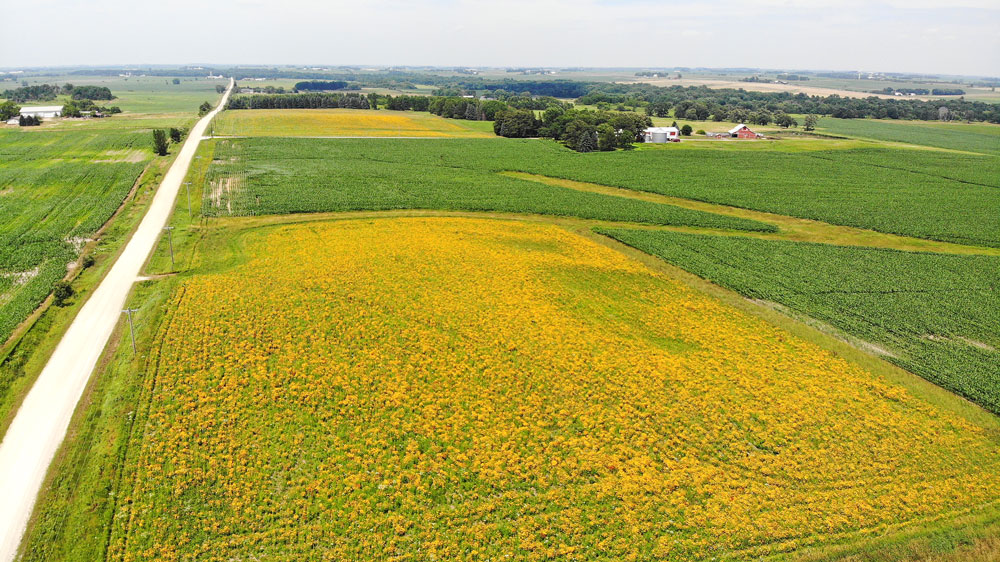
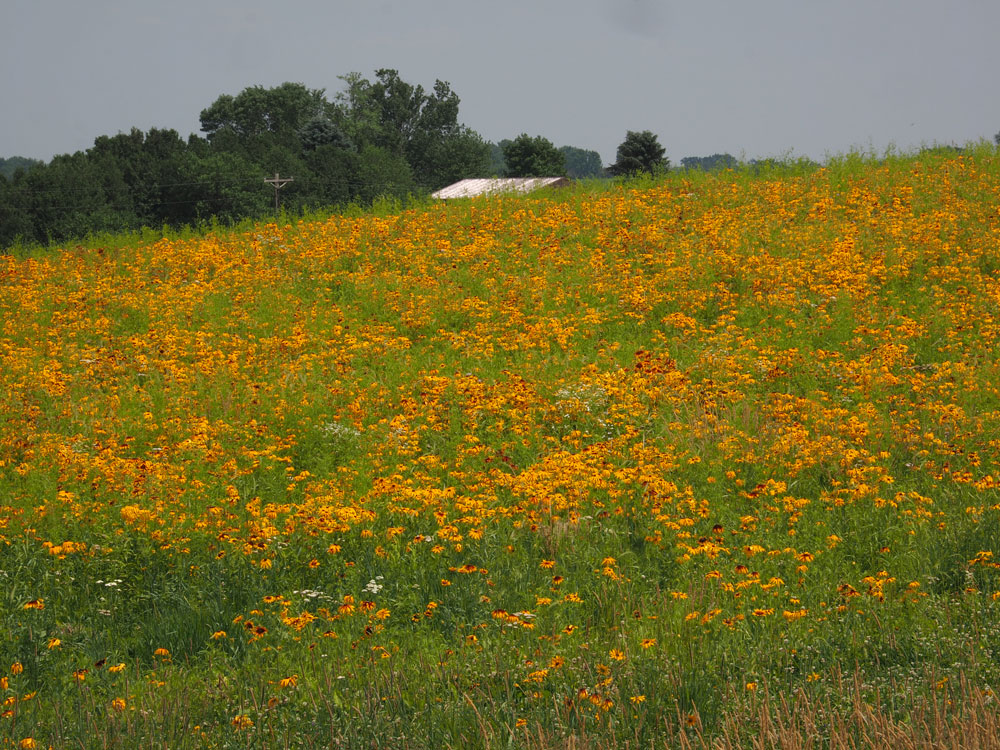
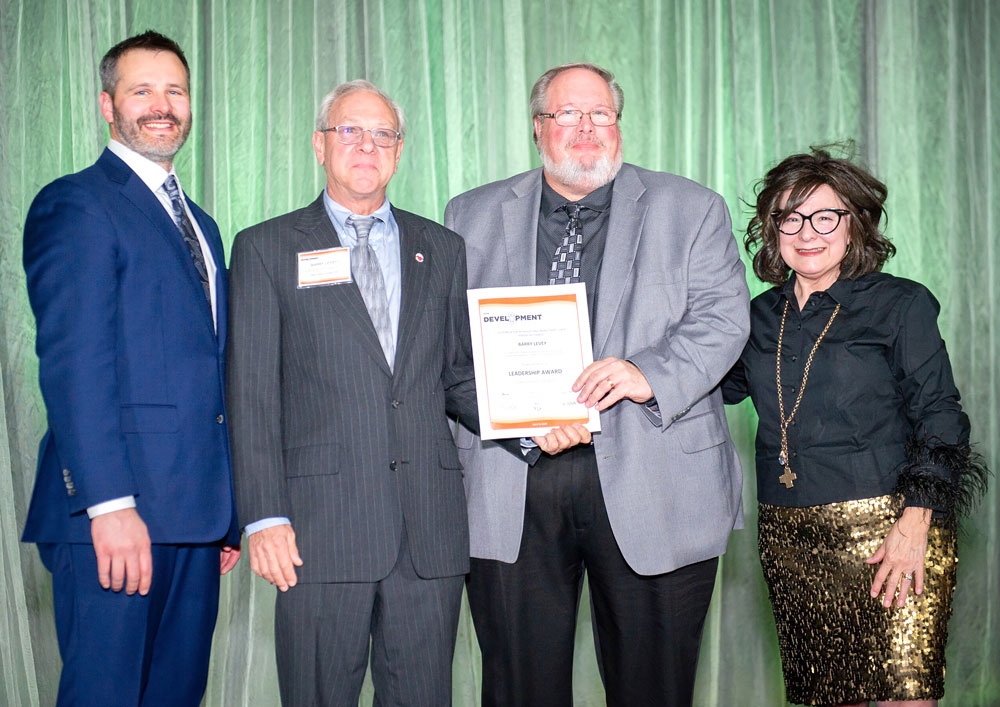


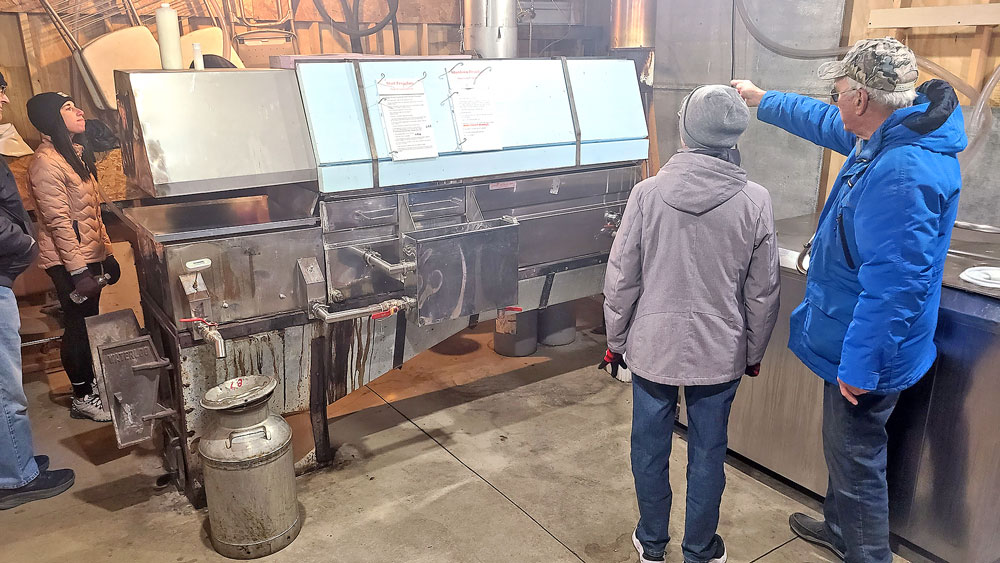
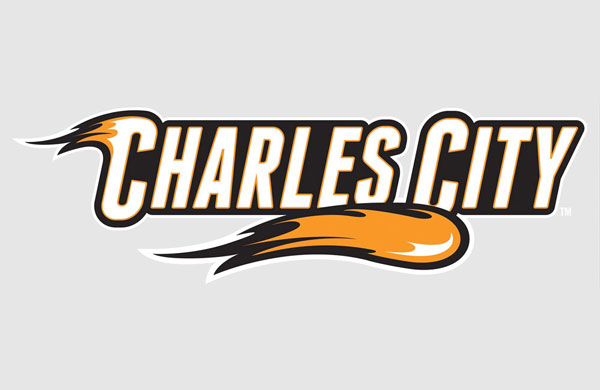
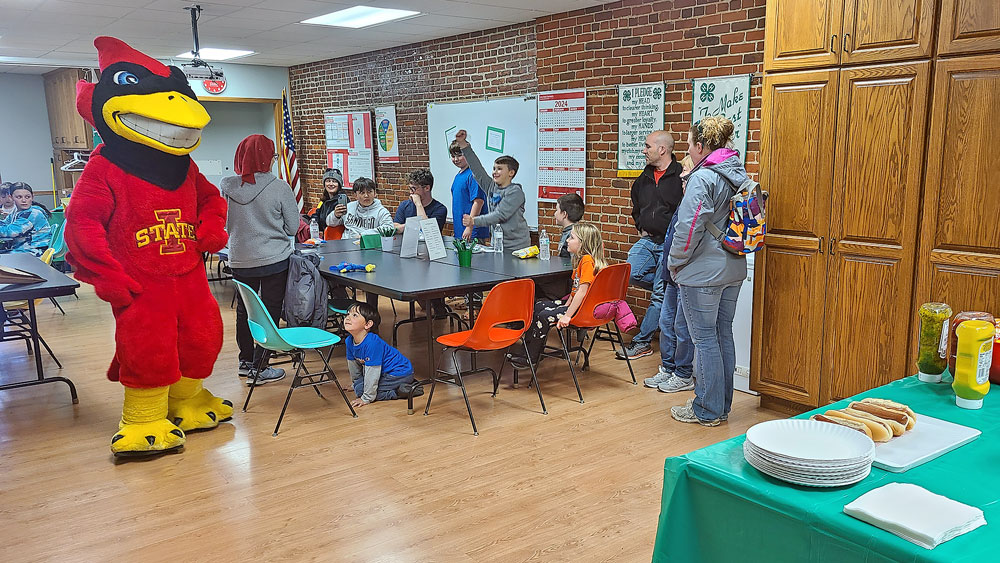


Social Share